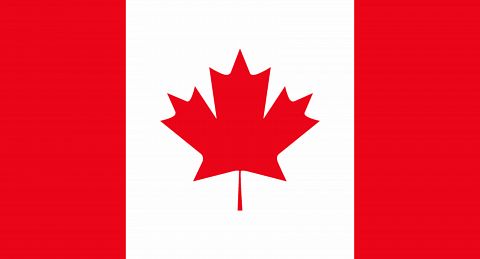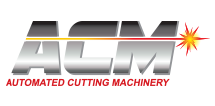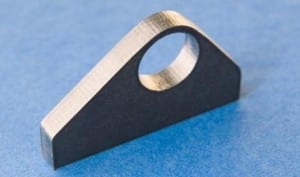Laser Cutting Systems
The laser cutting process uses a strong focused laser beam, produced by a laser diode. The high energetic laser beam heats the surface of the material and melts rapidly a capillary in the material. The diameter of the capillary responds to the diameter of the used laser. During the cutting process, an assistant gas is used to eject the molten material from the kerf. As a result, the cut quality and speed are very high compared with other cutting technologies.
YOU CAN CHOOSE BETWEEN THREE BASIC TYPES:
- With Sublimation Cutting, the laser beam brings the material to its vaporization point directly (Sublimation). An inactive (inert) cutting gas such as Nitrogen forces the molten material out of the cut. Typical materials are, amongst others, wood and plastic. Thin metals can also be cut in this way.
- Flame Oxygen Cutting by contrast, is characterized by the fact that the material is only heated to its ignition temperature. Oxygen is used as cutting gas, so that the material burns and forms an oxide which melts through the additional energy from burning. The cutting oxygen then forces the slag out of the cut. Typical material is, for example, low alloy steel (Mild Steel).
- For Fusion Cutting, the material is melted directly by the laser beam. As with sublimation cutting, an inert gas, usually nitrogen, is also used here to force the molten material out of the cut. This process is typically used for alloyed steels (Stainless Steel).
All processes have in common that, because of the narrow focus of the laser beam, the width of cut (kerf width) is very small compared to the other thermal cutting processes. Thus minimum material is melted and the laser energy is used very efficiently. The heat input into the material is thus relatively low so that even small geometries can be cut.
In addition, the cut edge is relatively straight which in all gives very high component accuracy from the cutting process.
This means that laser cutting is used in the most diverse areas, specifically wherever high accuracy for the component geometry and the cut edge is required. The preferred range for steel sheets is up to a material thickness of .375″ (20 mm) under certain circumstances up to 1″ (25 mm). For this application mainly the CO2 Laser and Fiber Laser are used. For greater thicknesses, laser cutting only makes sense for special applications, more usually other cutting processes (Oxyfuel or Plasma Cutting) are used here.
CHARACTERISTICS:
Plate thickness: .004″ (.1 mm) up to 2″ (50 mm)
Typical: .20″ (.5 mm) up to .375″ (20 mm)
KEY FEATURES:
- Laser light can be well focused from 2″ (50 mm) to .007″ (.2 mm)
- Laser radiation: coherent, monochromatic, high energy
- Very high power density (some MW/cm2)
- The light melts or partially vaporizes the material and an additional gas stream blows it away
- High to medium cut quality (roughness)
- Smooth to rough, vertical planes of cut
- Metallurgical perfect surfaces (oxidized) or metallic blank surfaces (high pressure inert gas cutting)
- Low heat input
- High to low cutting speeds
- Hardening within the area of the Heat-Affected-Zone (HAZ) (small)
- Dust as well as UV and IR-radiation


